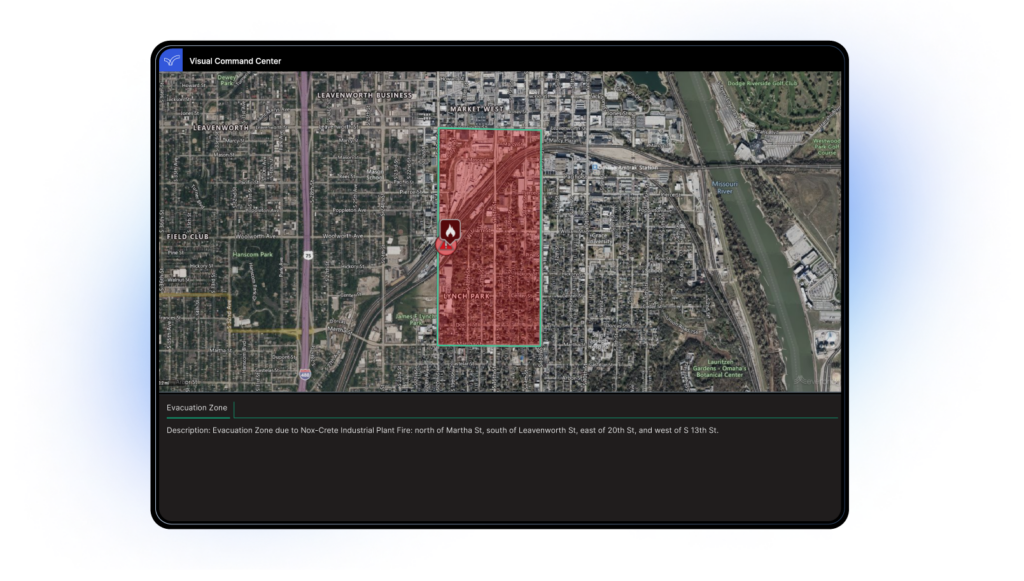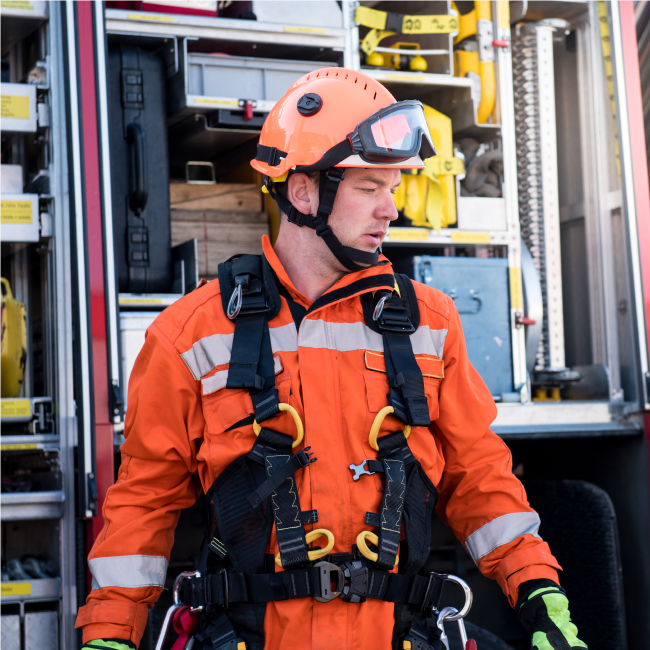Organisatorische Resilienz digitalisieren und stärken
Everbridge digitalisiert und stärkt vollumfänglich die organisatorische Widerstandsfähigkeit von Unternehmen. Unsere Kunden schützen ihre Mitarbeiter und Vermögenswerte mit integrierten Lösungen für das Management von Krisen und kritischer Ereignisse.




